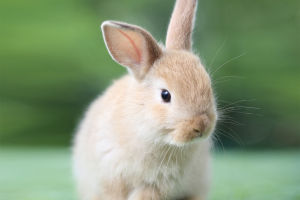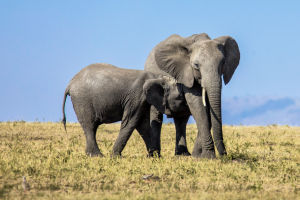Dragonflies are beautiful and unique insects.
Their slender bodies, transparent wings, and agile flying abilities make them particularly eye-catching in nature.
Dragonflies belong to the order Odonata, and there are many species of them. They are widely distributed around wetlands, rivers, lakes, and ponds around the world. Not only are they elegant, but they also play an important role in the ecosystem.
The flight of dragonflies is one of their most amazing features. They have two pairs of wings, each of which can move independently, allowing them to perform extremely complex flight maneuvers. Dragonflies can fly forward and backward, left and right, up and down, and even hover in the air.
They are also very fast, with some species of dragonflies being able to fly at speeds of 30 miles per hour. This superb flying skill not only helps them catch prey in the air but also allows them to quickly escape the attacks of natural enemies.
Dragonflies also have well-developed visual abilities. Their large compound eyes are composed of thousands of simple eyes that can cover almost 360 degrees of vision, which allows them to easily capture changes in their surroundings.
Dragonflies mainly prey on small insects, such as mosquitoes and flies. They are extremely precise when hunting in the air, usually catching their prey at lightning speed and eating quickly in flight.
Since dragonflies prey on mosquitoes in large numbers, they are also considered one of the important natural organisms to control the mosquito population and have a certain indirect contribution to human health.
Dragonflies undergo complete metamorphosis from aquatic larvae to adults throughout their lives. Dragonfly larvae live in water and are commonly called water dragonflies or nymphs. These larvae are very aggressive predators in the water, preying on small insects, fish fry, and even small tadpoles in the water.
After several months or even years of aquatic life, dragonfly larvae will crawl out of the water and molt into adults. Although the lifespan of adults is relatively short, usually only a few weeks to a few months, the flying skills and hunting abilities they display during this stage are all amazing.
Dragonflies have special symbolic meanings in many cultures. In Eastern cultures, dragonflies are seen as symbols of strength, courage, and change. In Japan, dragonflies are loved by samurai for their bravery and indomitable spirit and often appear on samurai armor and swords.
In Western culture, dragonflies are often associated with lightness, freedom, and beauty. The short life of dragonflies is also used to symbolize the brevity and preciousness of life.
The living environment of dragonflies is inseparable from water. They rely on clean water sources to reproduce and survive, so the number of dragonflies is often used as an important indicator of water quality health.
In areas with clean water quality and a good ecological environment, the species and number of dragonflies are often abundant. However, with the acceleration of urbanization, the disappearance of wetlands, and the increasing pollution of water sources, the survival of dragonflies is also facing considerable threats.
The number of dragonflies in many areas has decreased significantly, which has also triggered people's attention to dragonfly protection and habitat restoration.
Dragonflies are not only graceful dancers in nature but also an important part of the ecosystem. They help control pests and maintain ecological balance, and also remind us to pay attention to environmental protection and water quality improvement.
The existence of dragonflies is a microcosm of the exquisite design of nature, showing the wonder and fragility of life. By understanding dragonflies, we can also better understand the laws that govern how nature works and work to protect these beautiful creatures.


